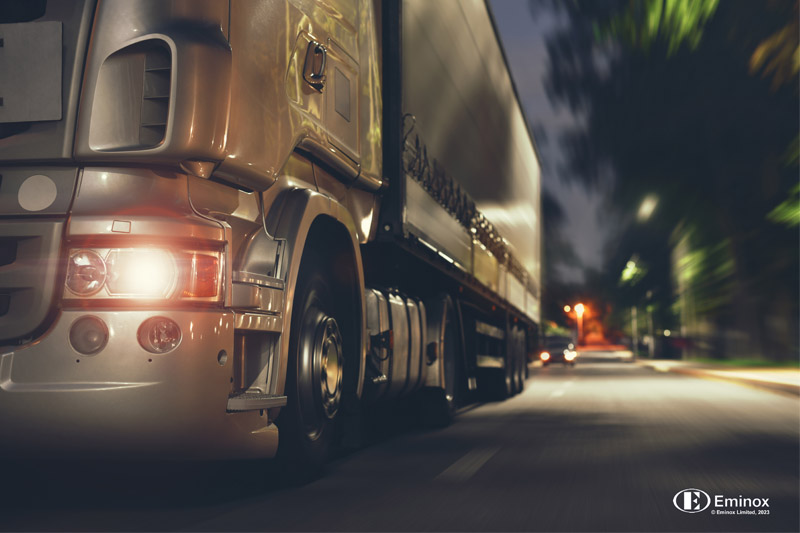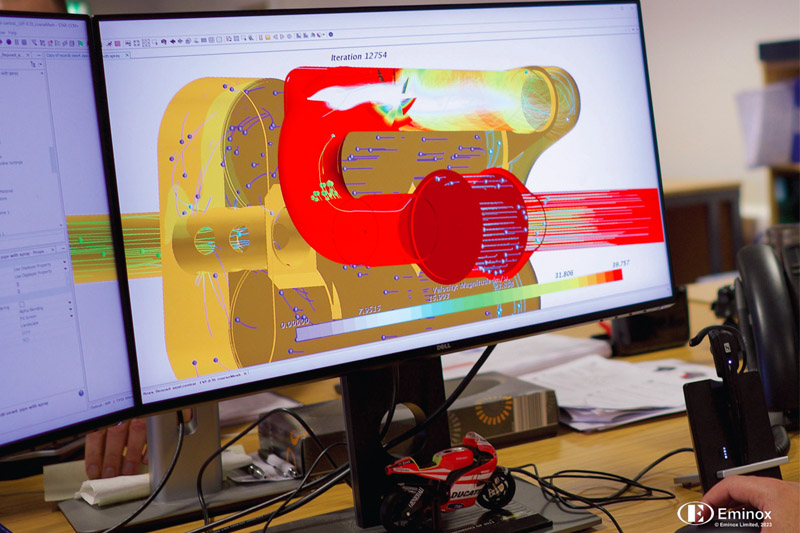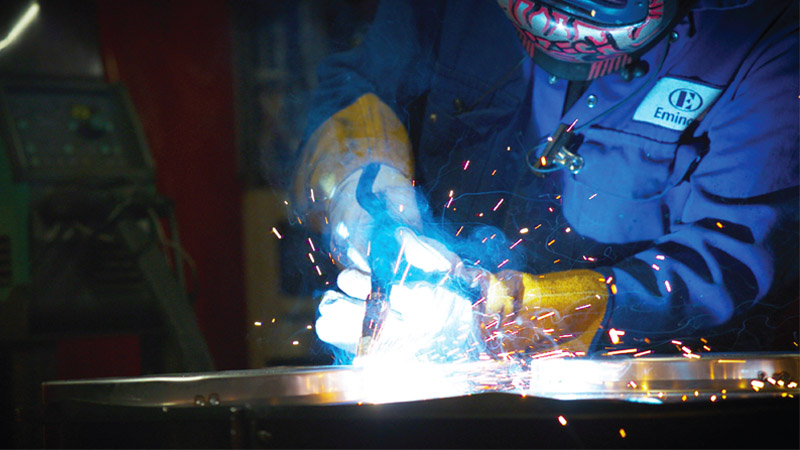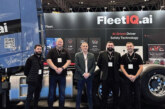Eminox discusses the impact of Euro 7

David Phillips, engineering director, Eminox, shares his thoughts on the positive impact Euro 7 will have on elevating clean air levels, how pioneering technologies will help achieve the forthcoming regulations and what’s next for commercial vehicles and emissions.
In recent years, significant effort and refinement has gone into the development of Euro 7 regulations, however a recent announcement has seen introduction dates for these regulations be delayed. Disappointingly, the well-defined emissions targets have new dates of July 2030 for light duty, and July 2031 for heavy duty applications but one may still ask what is Euro 7 and what will it achieve?
Euro 7 standards aim to limit pollutant emissions from vans, trucks, and buses (in addition to cars). It replaces and simplifies the previous Euro 6 (cars) and Euro VI (lorries and buses) into a single set of regulations. It brings light and heavy duty together into a single regulation and is fuel and technology neutral. Its predecessor differentiated emissions targets dependent on combustion mechanism and fuel type. In addition, the limits have been tightened for commercial vehicles providing limits for previously unregulated pollutants such as NOx from heavy-duty vehicles.
The changes are predicted to deliver significant emissions improvement. By 2035, Euro 7 is expected to have lowered total NOx emissions by 56% from buses and lorries when compared with Euro VI levels. At the same time, particles from tailpipe emissions are expected to reduce by 39% from buses and lorries.
This does, however, need to be put into context in relation to the engine out emissions, and, by that measure, the potential emissions reduction is more like an extra 2-5 percentage points.

Developing pioneering technologies
Euro VI emissions systems already combine various catalysts with an active reactant dosing system which is in turn supported by multiple sensors to maintain control of the tailpipe exhaust gas content.
To help owners, operators and technicians achieve the additional emissions reduction at Euro 7 two key exhaust after-treatment system additions have been developed, to be utilised either separately, or together, depending upon the final definitive compliance levels.
By drawing on the established and proven emissions reduction technologies developed by Eminox, our team can provide OEM solutions to commercial vehicles for Euro 7 compliance, and lengthen the lifespan of vehicles by retrofitting to Euro 6, as well as looking to the future and the impact alternative and net zero fuels will have.
The first technology is close-coupled selective catalytic reduction (ccSCR) which requires an additional injector to provide reductant (Urea/AdBlue) into the system as close to the turbo as possible. This reduces the amount of NOx which passes through the system under cold start conditions when the temperature is too low at the main selective catalytic reduction (SCR) catalyst.
The second technology is an electrical heater, which will generate additional heat under cold start conditions to get the system up to catalyst operating temperatures as quickly as possible.

Emissions requirements for the future
It is imperative owners and operators understand the changes in legislation and how it translates into the actions required by them to achieve the forthcoming new levels of compliance.
In addition to those outlined in Euro 7 it is expected there may be additional changes regarding particle number (PN) measurements. This PN-PTI (Particle number – Periodical Technical Inspections) testing has already been introduced on the continent by Belgium, Netherlands, and Switzerland. Germany is expected to implement soon, and it is reasonable to expect that the UK will align with the EU in the future.
Indeed, there has already been musings that the Driver Vehicle Standards Agency (DVSA) is also taking steps to potentially identify, via annual testing, any removal or damage to the DPF fitted to many heavy vehicles. Current testing measures smoke density, but not the size or quantity of particles. PN testing would enable the DVSA to determine if the vehicles emission control system is working correctly, this will include if the DPF has been damaged or removed. Alongside, are the exciting developments being made for alternative fuels and the emissions systems required to facilitate them. Together, they all form part of the net zero journey to achieve cleaner air, find new alternative sustainable fuel sources and improve public health.
By working with experts in emissions reduction solutions, adhering to changes in legislation is much easier and can mitigate the cost associated with non-compliance.









